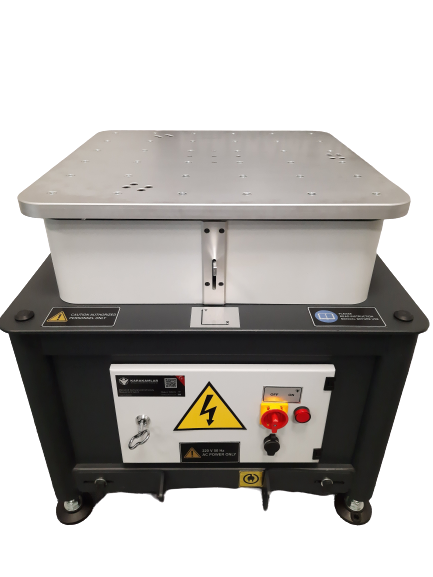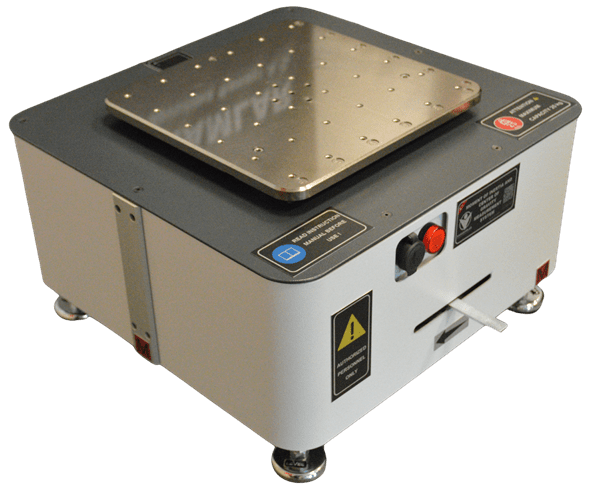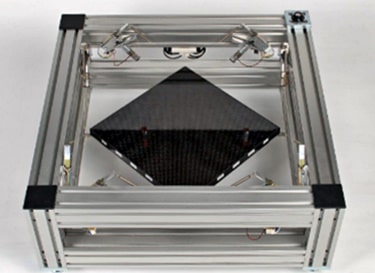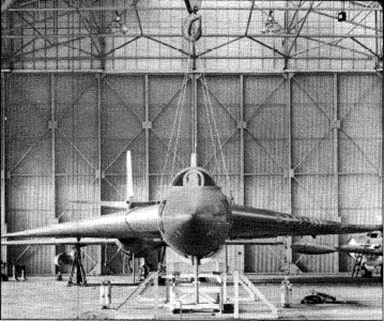K-KAM Series Moment of Inertia and Center of Gravity Measurement Systems

Our mass properties (mass, center of gravity and moment of inertia) measurement systems, which are admirably used around the world, accurately measure various subsystems, equipment, pods,
ammunition, rockets, missiles, radars, land vehicles, aircraft and many other defense industry products. The systems we have developed so far have been used in the measurement of many samples
ranging from 60 grams to 40 tons.
The superior qualities that constitute the reasons why our measurement systems are preferred in many countries of the world can be listed as follows:
>> Why you should use are K-KAM series ?
K-KOC Moment of Inertia and Mass Properties Measurement Systems

K-KAM Moment of Inertia and Mass Properties Measurement Systems are products with advanced features and user interface which can measure the masses, mass centers, inertia moments and product moments of objects of various weights and sizes in all axes and with a single fixture.
K-AM Technical Specs
K-KAM Technical Specs
>> Why you should use are K-AM series ?
Need for Measuring Moment of Inertia Cross Products
The Moment of Inertia and multiplication matrix are an important parameter used in various mechanical, kinematical and dynamical calculactions.
Methods of Measurement of Inertia Moment
There are four basic methods used in in the measurement of Moment of Inertia:
Power and Movement Measurement Method
Pendulum Method
Rotary-platform Method
Multiple-Axes Pendulum Method
 The measurement platform is hung with springs from different points. As a result the platform can move
in each direction and each axis. The power measurements obtained are examined in the frequence area,
thank to developed calculation methods the frequences are separated and the inertia moments are calculated.
The measurement platform is hung with springs from different points. As a result the platform can move
in each direction and each axis. The power measurements obtained are examined in the frequence area,
thank to developed calculation methods the frequences are separated and the inertia moments are calculated.
But the moment of inertia of only one axis can be measured each time. After each measurement the limit have to be modified. But there is no need to modify the fixture. Its sensitivity is lower compared to other methodfs. Measurement can be done from the bottom with air bearing and torsion spring. Measurement can be done on only one axis. A fixture is needed for each axis.
Measurement of Moment of Inertia for Air Vehicles

The pendulum method is an old method used mostly for the measurement of moment of inertia of air vehicles, air platforms, rockets and pods. The first move can be done by a human of automatically by a linear actuator. There will be no need for complicated fixtures. The issue of developing a system of measurement of moment of inertia for air, maritime and land vehicles, platforms and pods has been evaluated. The main features of the system are as below:
Apart from these, we can develop the system thanks to the below features:

